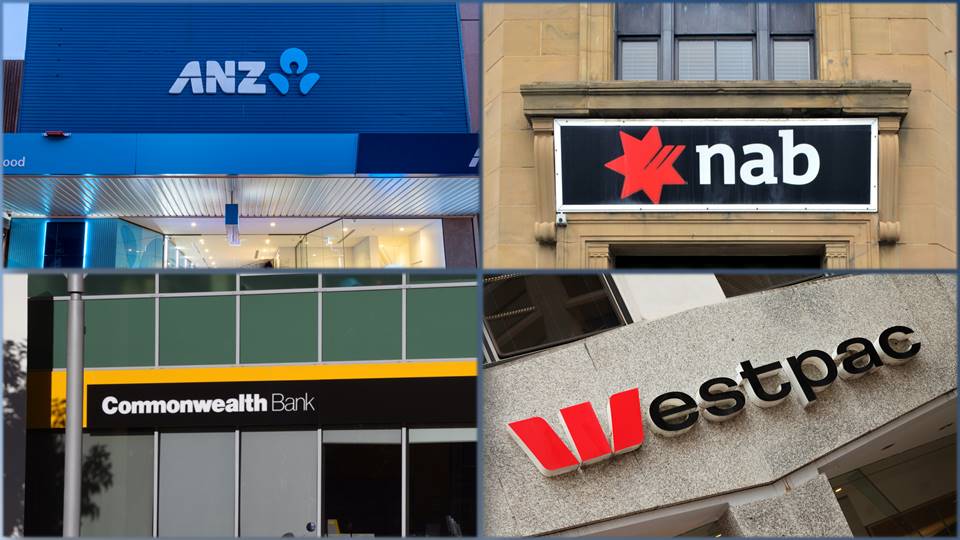
The Reserve Bank of Australia (RBA) will be making its first monetary policy decision for the year next week and it appears economists from the four biggest banks are on the same boat in terms of their expectations of a 25bps hike.
The expected 25bps hike next week would be the ninth consecutive increase, bringing the cash rate from the record low of 0.1% to 3.35%.
One reason behind the expected hike is the recent inflation figures, which hit 1.9% quarterly and 7.8% annually in December 2022.
RBA head of economic analysis department Marion Kohler, however, said there is a possibility that the inflation has already hit its peak.
“What we can say is that we think the peak in inflation was at the end of 2022 – at around – and that inflation will begin to ease over the course of this year,” she said.
Here’s what economists from the big banks have to say about next week’s RBA Board meeting:
ANZ
ANZ said the strength in inflation cements a 25bps hike by the RBA this month.
In an analysis early this year, ANZ senior economist Adelaide Timbrell said there is a very low risk of a pause by the RBA this month, given the strong showing of job vacancies and inflation.
“These data are strong enough to reduce any risk of a pause in February for the RBA and reinforce our view that the peak cash rate will be at least 3.85%. We currently forecast no cash rate cuts until late 2024,” she said.
CBA
CBA head of Australian economics Gareth Aird said the next monetary policy decision comes in the wake of the very strong CPI readings in the last quarter of 22.
“It follows a very large, reported fall in retail trade over December that suggests the lagged impact of rate hikes is starting to gain traction with the consumer,” he said.
“The consensus call across the sell side of economists is for a 25bp rate rise next week — that is also our expectation. But the decision will be ‘live’, and the RBA is likely to consider a few different options.”
Mr Aird, however, thinks that the case to raise the cash rate by 40bp to a conventional metric of 3.50%, coupled with a stated intention to hold the policy rate steady over the period ahead will be on the table.
“If the RBA is willing to pause in their tightening cycle there is merit in restoring the cash rate to a conventional metric prior to doing so — the Board is clearly cognisant that a 40bp rate hike would take the cash rate target to a more orthodox number,” he said.
NAB
NAB economist Taylor Nugent said it is expected for the RBA to deliver a 25bps increase next week, on the back of taming the inflation rate.
“The forecast horizon will be extended to mid-2025, which we expect to be enough to see the RBA forecast inflation back within the 2-3% band,” he said.
“The assumed cash rate path is likely to be similar to November, which had a peak of around 3.5% in mid-2023 and 3% by end 2024.”
Westpac
Westpac expects RBA to lift rates by 25bps in February and March, which would bring the cash rate to 3.60%.
Westpac chief economist Bill Evans said the expected cash rate increases in the next two months will be in answer to the high inflation and rising wages growth.
“But even with a peak cash rate of 3.85% the economy is likely to avoid recession,” he said.
Mr Evans said labour market conditions remain “broadly supportive”, on top of the accelerating wage growth — both of which will cushion the impacts of the cash rate increases on consumers.
“The bottom line is that most households will be in much better shape to maintain incomes than in previous economic slowdowns, again improving their prospects of meeting mortgage repayments and/or refinancing on better terms,” he said.
“While these forces will undoubtedly see a significant slowdown in household spending, the legacies of record low unemployment and accumulated excess savings mean the economy is unlikely to lapse into recession.”
Collections: Mortgage News Interest Rates
 Fact checked
Fact checked

Share